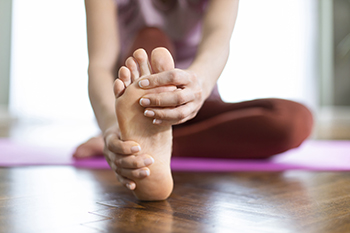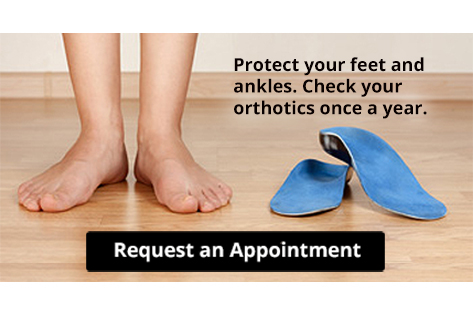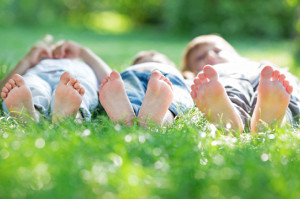
It has been said that practicing a regular exercise routine is one of the best things that can be done to prevent falling. The benefits of doing this include improved balance, stamina, and strength when done three to five times per week. An effective exercise for balance is called weight shifting, and this can be done by standing with the feet hip distance apart. As the weight is shifted from one foot to the other, the opposite leg is lifted off of the floor, and held for several seconds. After switching legs, this exercise can be repeated as often as you would like. Coordination may be improved by implementing the heel-toe walk. This can be accomplished by taking a step forward while touching that foot to the toe of the back foot. Having the arms straight out may help to achieve a sense of balance. Cardiovascular function may become better when you are standing with your feet apart about the distance of your hips, and slowly lower into a chair. This is followed by immediately standing up, and repeated several times. If you would like more information about how exercise may help to prevent falling, please consult with a podiatrist.
Preventing falls among the elderly is very important. If you are older and have fallen or fear that you are prone to falling, consult with one of our podiatrists from Foot and Ankle Clinics, PA. Our doctors will assess your condition and provide you with quality advice and care.
Every 11 seconds, an elderly American is being treated in an emergency room for a fall related injury. Falls are the leading cause of head and hip injuries for those 65 and older. Due to decreases in strength, balance, senses, and lack of awareness, elderly persons are very susceptible to falling. Thankfully, there are a number of things older persons can do to prevent falls.
How to Prevent Falls
Some effective methods that older persons can do to prevent falls include:
- Enrolling in strength and balance exercise program to increase balance and strength
- Periodically having your sight and hearing checked
- Discuss any medications you have with a doctor to see if it increases the risk of falling
- Clearing the house of falling hazards and installing devices like grab bars and railings
- Utilizing a walker or cane
- Wearing shoes that provide good support and cushioning
- Talking to family members about falling and increasing awareness
Falling can be a traumatic and embarrassing experience for elderly persons; this can make them less willing to leave the house, and less willing to talk to someone about their fears of falling. Doing such things, however, will increase the likelihood of tripping or losing one’s balance. Knowing the causes of falling and how to prevent them is the best way to mitigate the risk of serious injury.
If you have any questions, please feel free to contact our offices located in Woodbury, West St. Paul, and Edina, MN . We offer the newest diagnostic and treatment technologies for all your foot care needs.





